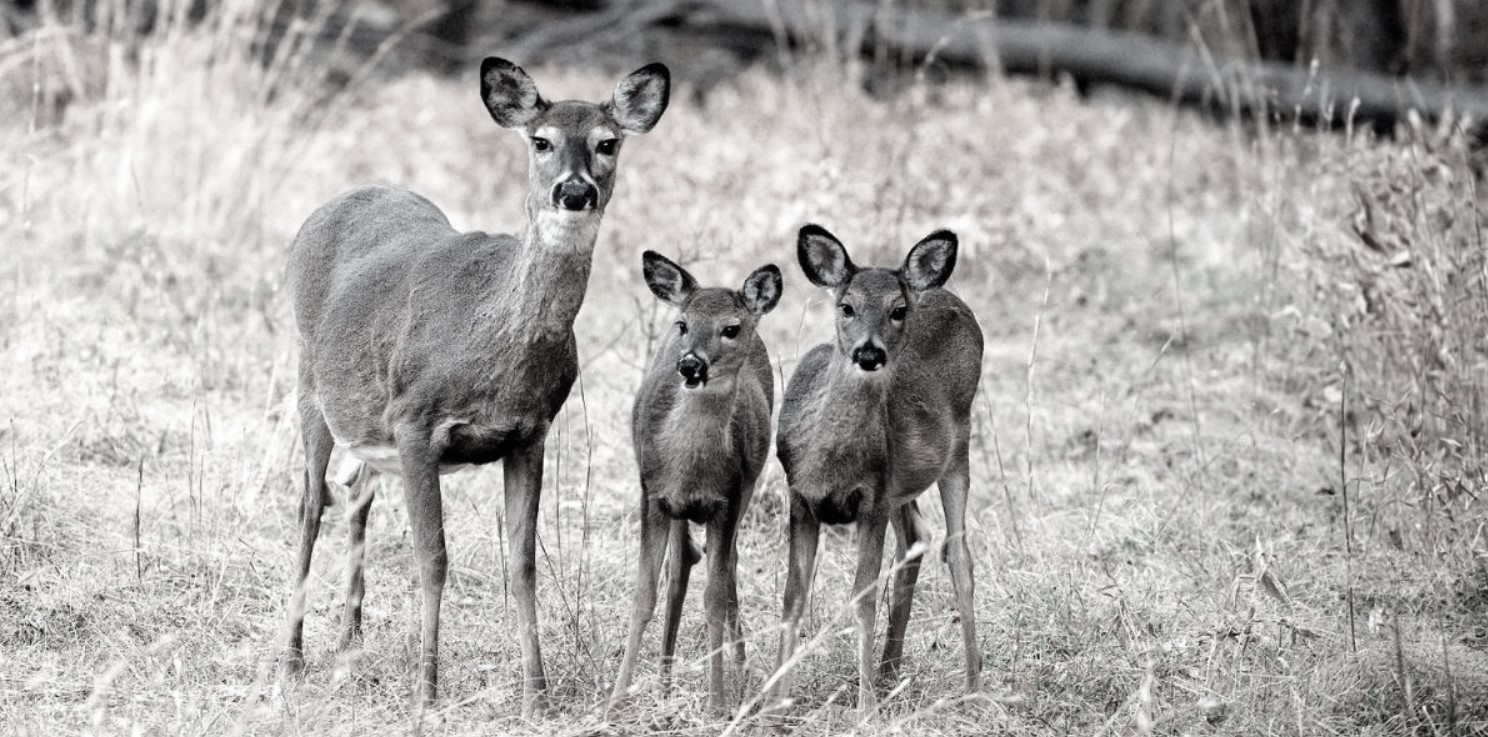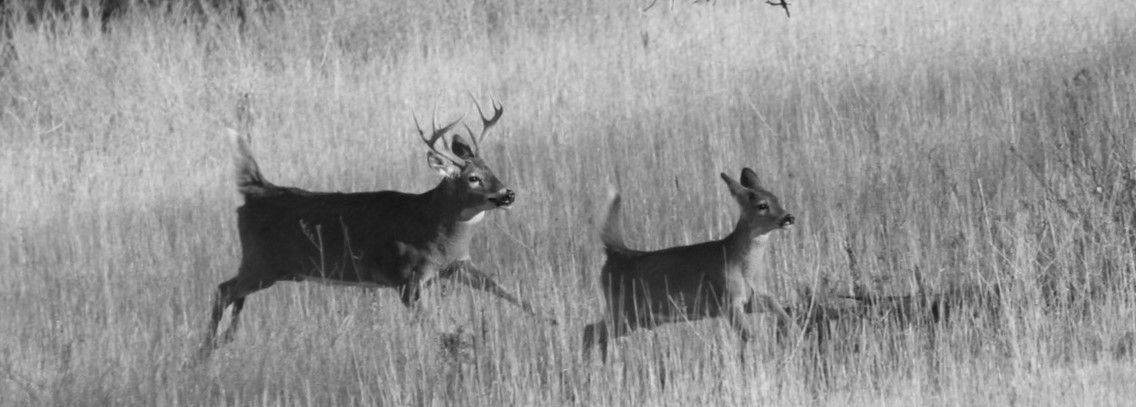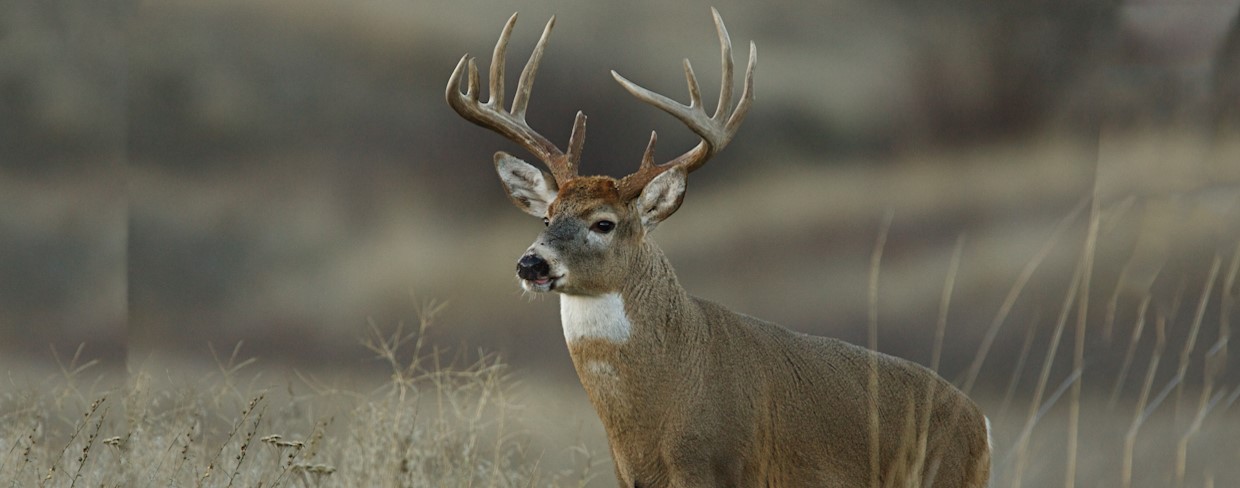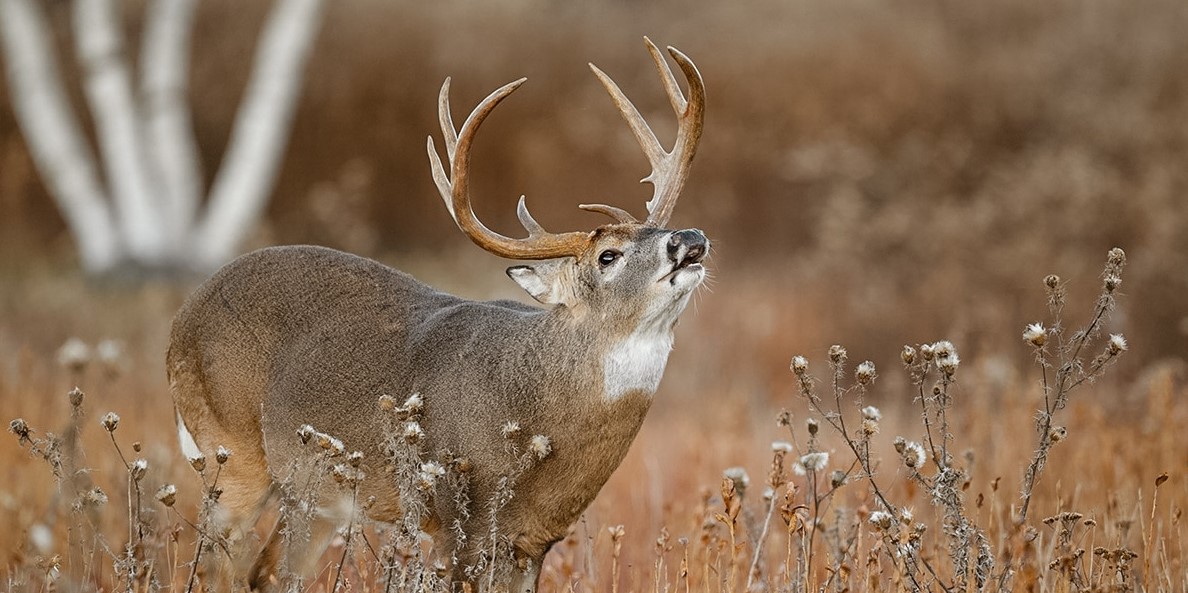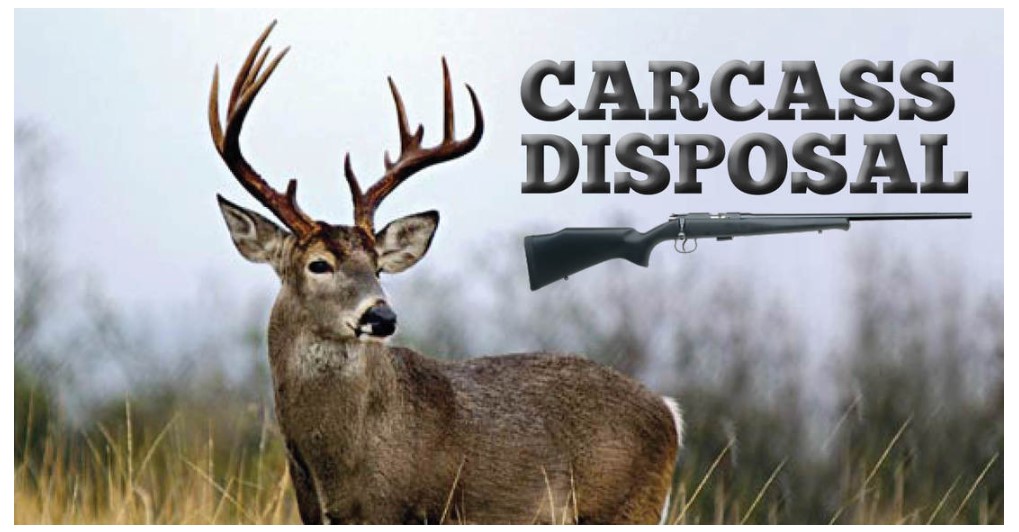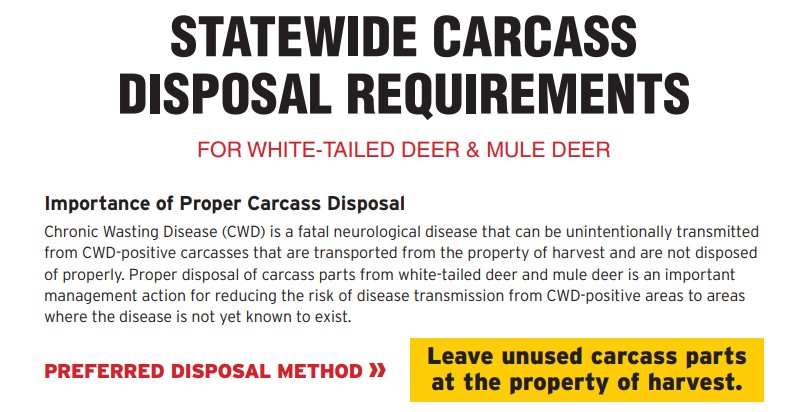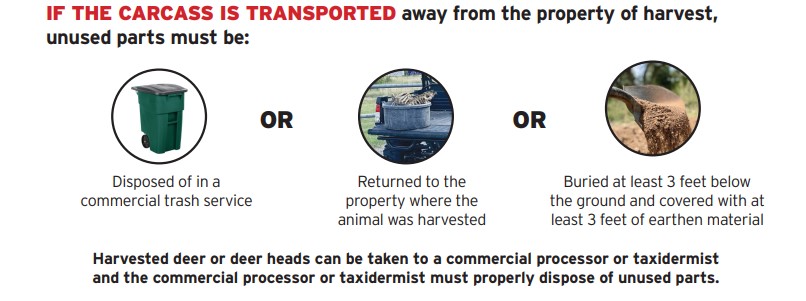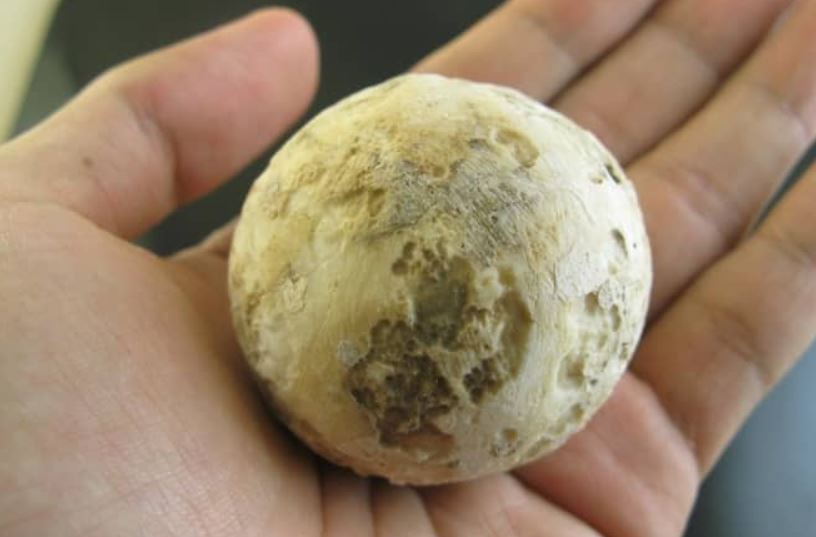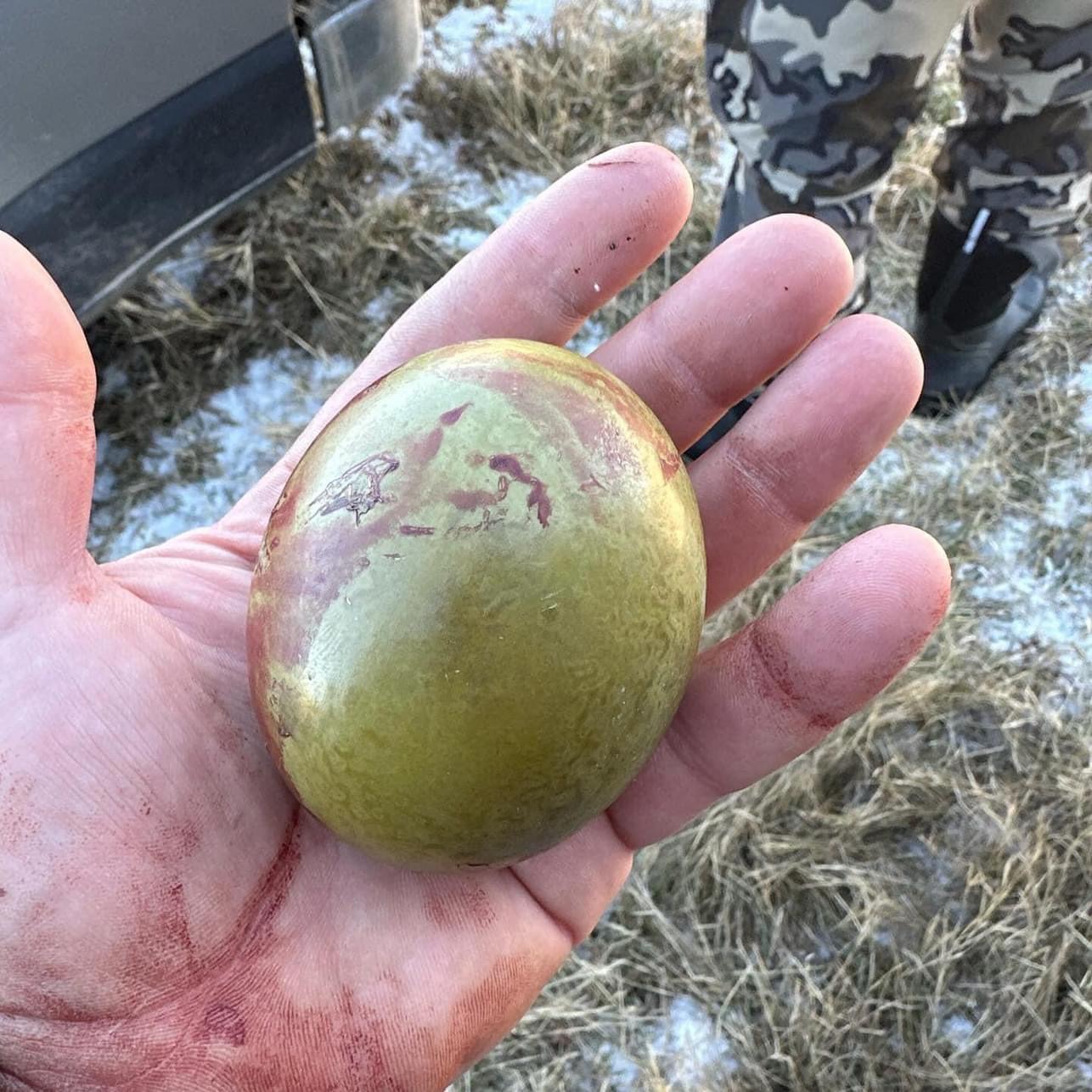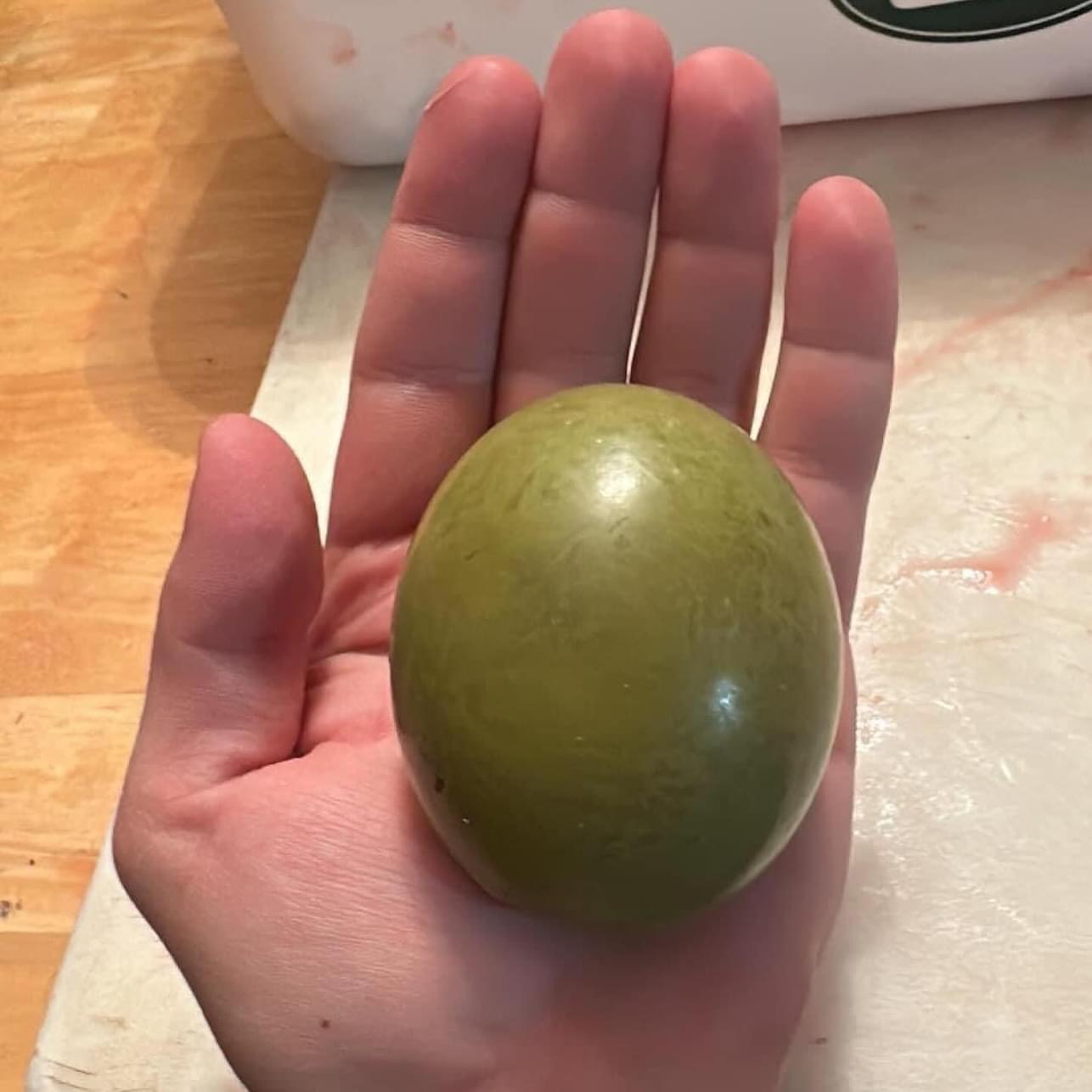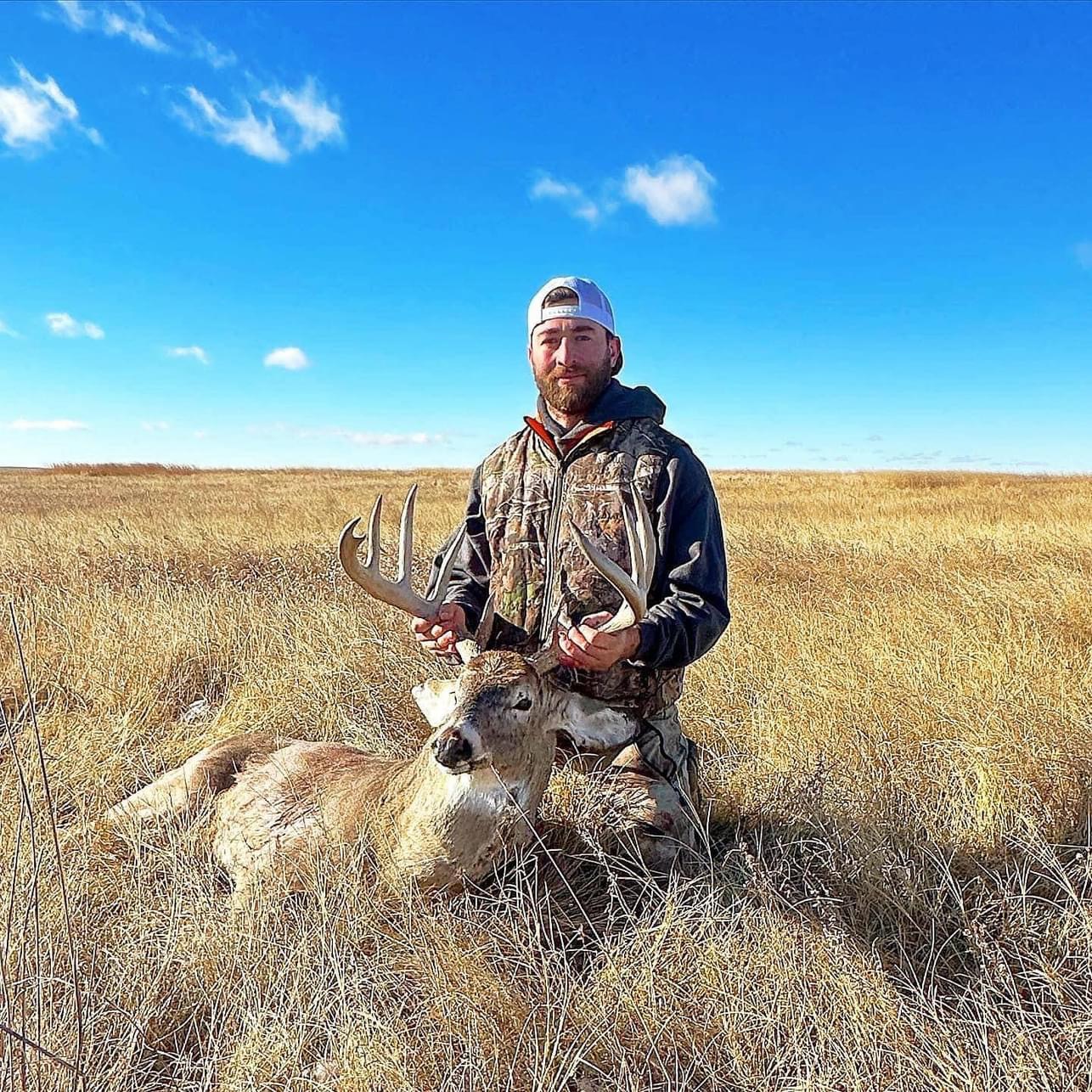It’s that time of year, so what does the Texas deer hunting forecast look like for the upcoming 2025-26 season? This deer hunting season in Texas, you can expect a dynamic and rewarding experience while chasing white-tailed deer, especially given the state’s diverse ecological regions, strong deer population, and the generally good habitat conditions experienced this growing season.
“Historically good fawn recruitment over the last several years will provide deer hunters plenty of opportunities to bag a quality buck,” said Blaise Korzekwa, White-tailed Deer Program Leader for Texas Parks & Wildlife Department (TPWD). He’s right. It takes annual reproduction to support annual harvest.
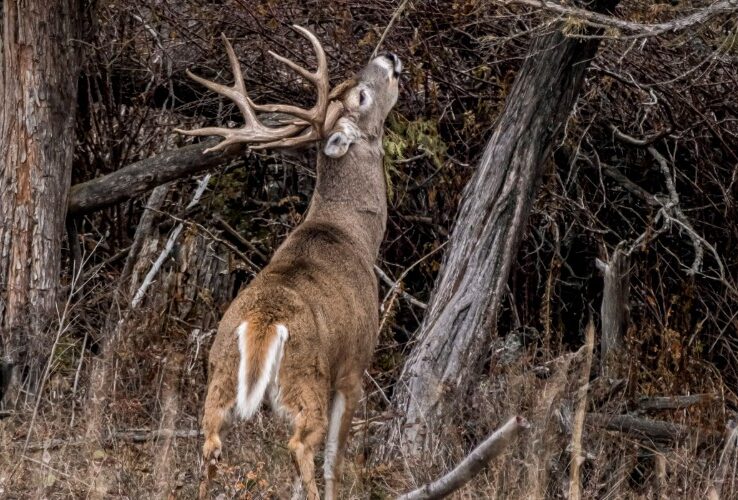
Weather Impact on the Texas Deer Hunting Forecast
Texas began the growing season under drought conditions in March, but much of the state received abundant rainfall later in the spring. The vegetation growth from these rains boosted antler development in bucks and allowed does to pack on reserves for fawning and lactation, and those regions should expect an excellent hunting season.
Forbs, a.k.a weeds and flowering plants, are a critical component of a whitetail deer’s diet. They became abundant during late spring and offered essential nutrients to boost antler development in much of the state. However, hunters in portions of the Edwards Plateau and South Texas ecoregions may see average to below-average antlers on bucks this season, as rainfall wasn’t received in these regions until the summer months.
This is too late in the antler growth cycle to have played a role. However, the late-summer rains will help lactating does and should boost fawn recruitment.
Timing the Seasons
Bucks during this time of year gather in bachelor groups and provide plenty of hunting opportunities before the rut kicks off. Early season hunters can take advantage of this opportunity, but it’s generally no fun to “sweat it out” while deer hunting. Let’s hope some cooler weather moves in as the archery and general opener approach. Temperatures generally ebb and flow in Texas during the fall season, so plan to pick your times and pick your shots.
The deer hunting seasons are once again structured very similar to prior years. While the archery-only and Managed Lands Deer Program seasons begin Sept. 27, the general season opens more than a month later, on Nov. 1. The general season runs through Jan. 4, 2026, in the North Zone and Jan. 18, 2026, in the South Zone. A youth-only deer season is set in both zones for Oct. 24-26 and Jan. 5-18. For additional late season deer hunting opportunities, county specific regulations and information on how to properly tag and report a harvest, consult the 2025-26 Outdoor Annual.
Deer Hunting, TPWD, & CWD
Landowners and hunters also play a critical role in managing Chronic Wasting Disease (CWD). We all know that CWD has been a hot topic in the deer world for many years now, and nobody wants it. TPWD suggests the most effective way to help manage CWD is by reporting sick deer, properly disposing of unused carcass parts and voluntarily testing harvests.
More information about carcass disposal requirements and voluntary CWD check station dates and hours of operations can be found on TPWD’s CWD website. As the saying goes, an ounce of prevention is worth a pound of cure.
A New Wrinkle This Hunting Season
It seems there is seldom a dull moment in the white-tailed deer world. And just in time to spice things up this year, let me introduce you to the the New World Screwworm (NWS) saga. Wait, what… screwworms in deer? The formally-eradicated NWS is making a comeback, trekking north through Central America from South America. This little insect threatens not only white-tailed deer and other wildlife, but also domestic livestock production.
TPWD is asking hunters to assist with surveillance for New World screwworm. If hunters or landowners observe a live animal infested with live maggots, they should quickly report the observation to a local TPWD biologist. It’s said that through active surveillance hunters can help protect the state from a pest that could have devastating impacts.
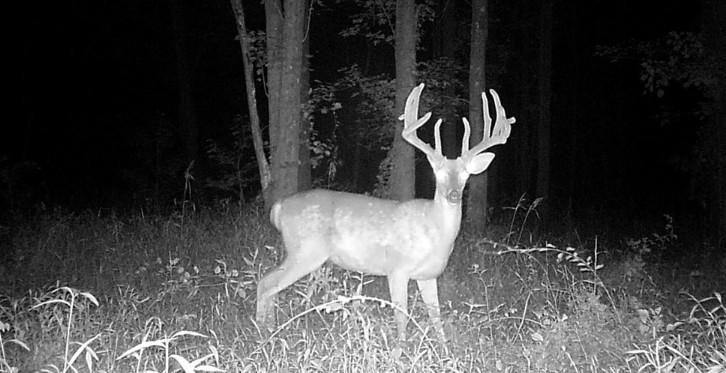
Final Look at the Texas Deer Hunting Forecast 2025
We know that good habitat is the foundation of successful deer hunting because it directly supports healthy, abundant white-tailed deer populations. Quality habitat provides everything deer need to thrive—nutritious food sources like native grasses, forbs, acorns, and agricultural crops; reliable water; and diverse cover for bedding, protection from predators, and shelter from harsh weather.
When these elements are present and well-balanced, deer are more likely to stay in an area, grow larger, and follow predictable movement patterns—making them easier to locate and hunt. Fortunately, much of Texas has just had a couple of really good rainfall years. This should translate into above average antler quality across most of the whitetail’s range in Texas.
In contrast, poor habitat can lead to lower deer numbers, smaller body and antler size, and inconsistent activity. This is the camp you can generally find the Hill Country and South Texas regions in for 2025. According to Korzekwa, “Texas leads the nation in terms of the number of deer hunters, annual harvest, and deer population. Even an average year in Texas is worth hunting. Those landowners who properly manage the state’s natural resources have shown year after year that their management can pay off.”
With all that said, deer management practices and age structure can overcome some deficiencies in decreased habitat conditions. This means you play a role in your Texas deer hunting forecast each year. Hunters who understand and develop areas with balanced deer herds and good habitat—whether it’s dense brush in South Texas or mixed hardwoods in East Texas—are far more likely to enjoy success this deer hunting season.
